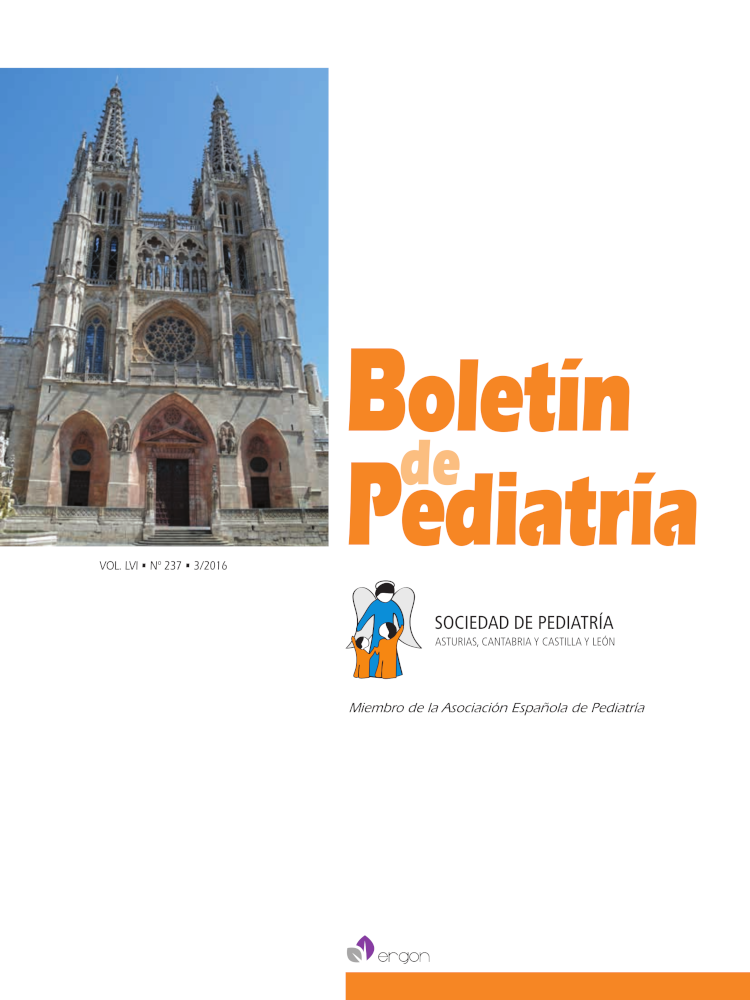Abstract
Introduction. Carnitine palmitoyl transferase II deficiency (CPT-II) is the most common inherited cause of recurrent episodes of rhabdomyolysis in childhood, especially after
exertion.
Case report. 13 year-old child with dark urine and myalgia after prolonged exercise. His medical history included a similar event a year ago. The main laboratory findings were:
CPK 283,400 IU / L [38-190], AST 4,178 IU / L [5-35], ALT 768 IU / L. [5-26], LDH 4100 IU / L [135-225] and myoglobinuria 17,446 μg / 24 hours. Metabolic study in plasma and urine
was performed including: organic acids, carnitine, acylcarnitines, pyruvate and lactate without abnormal findings. Given the high clinical suspicion and despite normal metabolic
study, study of gene CPT-II is requested showing c338C>T homozygous mutation which confirms the diagnosis.
Conclusions. CPT-II deficiency is the most common cause of recurrent episodes of rhabdomyolysis in childhood. High clinical suspicion is the main factor in the diagnostic
process. Genetic analysis or enzyme activity measurement in muscle will confirm the diagnosis despite normal metabolic studies in plasma and urine. Treatment consists of nutritional modifications including avoidance of fasting and a high slow burning carbohydrates diet.

This work is licensed under a Creative Commons Attribution-NonCommercial 4.0 International License.
Copyright (c) 2016 Boletín de Pediatría
